“We've got a facility that is a 60-year-old wind tunnel. It is a relic of the Cold War. It's been good enough to produce some fantastic cars for us over the years. But it has its limitations. So anything under five degrees [centigrade], we can't run it. Anything over 25 degrees, it becomes pretty unstable.”
Those are the words of Red Bull team principal Christian Horner when recently discussing the outdated machinery at the disposal of F1's reigning constructors' champions.
The Milton Keynes-based team uses a wind tunnel formerly used by the British Army. Due to its age, it regularly causes problems, including this season.
Red Bull started the year dominantly but hit a wrong path with development and lost the initiative to McLaren.
Max Verstappen must now pull out all the stops to keep Lando Norris at bay over the last six races and defend his 52-point advantage.
Viewed by others:
Taken down the wrong path
The word "correlation" plays a crucial role in Red Bull's decline. Formula 1 teams are constantly looking for the perfect correlation between the wind tunnel, computer simulations (CFD - computational fluid dynamics) and the data from the circuit.
Within current F1 regulations, however, perfect correlation is rare. The floor of current cars plays a crucial role in the contemporary ground-effects era, and the importance of the relationship between the floor and the car's aerodynamics leaves little room for improvement.
In time, the teams have "played out" the rules, quickly exhausting increasingly diminished returns whilst updates have often produced the desired opposite effect. That was precisely what Red Bull feared after the dominant 2023 season.
Verstappen and Sergio Perez won 21 of 22 races last year in the strong RB19, which provided an extra challenge. How on earth are you going to do even better with the new RB20?
It made Red Bull opt for a radical concept. On the engine cover, next to the halo protecting the driver, 'bazookas' appeared for cooling, which allowed Red Bull to keep the sidepods small.
This, according to the wind tunnel, should have yielded a lot of gains but led to something very different.
Red Bull's latent wind tunnel problems struck with a vengeance. The correlation between data sets was incorrect, pushing the team's engineers in the wrong direction and into a developmental blackhole.
Red Bull continued to build on its increasingly fragile foundation, resulting in major balance issues. Updates resulted in more losses than gains, directly linked with the wind tunnel.
Falling behind its rivals
Competitors, like McLaren and Ferrari, have more modern facilities, which are better suited to the current, advanced technology in Formula 1.
(Incidentally, that does not always ensure good performance, as Ferrari also fell back this season after a failed update.)
Now, for Red Bull, much depends on the update in Austin. The team must solve the balance problems for Verstappen to win the drivers' title.
Moreover, it is also important heading into 2025, when the teams are putting most of their resources into the new car for 2026 and Red Bull will not be developing the RB21 by conventional standards.
Aston Martin is a great example of highlighting the importance of modern facilities. Until recently, the team used Mercedes' wind tunnel.
With Lawrence Stroll eager to vault his team to F1 champions, Aston Martin found it was hamstrung by the lack of its own wind tunnel.
The result? A brand new, state-of-the-art factory and wind tunnel near Silverstone. The facilities have even lured top designers like Adrian Newey and Enrico Cardile to the team, away from Red Bull and Ferrari, respectively.
The long road to recovery
In Horner's words, it was extremely costly that Red Bull deliberately waited for the new wind tunnel.
“There was a point in time that wind tunnels could have been banned. There was a discussion about whether that was going to be the case, and whether CFD would overtake it or not," he added.
“Adrian [Newey] held off pushing for a new tunnel until there was clarity on that. But it got to a point where Aston Martin wanted a new tunnel and the FIA changed their stance.
“So it was a question of, ‘Look, we have to do this, and we have to do this now, because the regulations dictate that, within a cost cap, the tunnel that we're running is grossly inefficient'.”
Horner foresaw his team's current plight. Red Bull eventually did act and began building a new wind tunnel this year, but has been too late for the existing rules set.
Aston Martin and McLaren, which previously used Toyota's wind tunnel, already have the new facilities.
Red Bull, meanwhile, had hoped that its new wind tunnel could be used to build the 2027 car, but risks falling short of that expectation.
Therefore, Red Bull knows it faces an extreme challenge in delivering a competitive package when F1 ushers in the next regulations overhaul, at the start of 2026 - the same point the Milton Keynes squad unveils its first independent power unit as a true works team.
Integrating a new power unit into the design of a new car is already a hell of a job, let alone having to deal with an outdated wind tunnel and the start of what could snowball into a considerable brain drain.
Red Bull is projecting an outward image of confidence and assuredness over its direction, but it is clear that the outdated wind tunnel is a major hindrance.
Also interesting:
It has been a year since Max Verstappen won his third F1 title - with six grands prix to spare. Now Verstappen is in a fight this year, and with Red Bull under pressure to deliver him a car to retain his crown. Join RacingNews365's Ian, Sam and Nick as they discuss this and more ahead of the final six races.
Would you rather watch our podcast? If so, click here.
Don't miss out on any of the Formula 1 action thanks to this handy 2026 F1 calendar that can be easily loaded into your smartphone or PC.
Download the calenderMost read
In this article
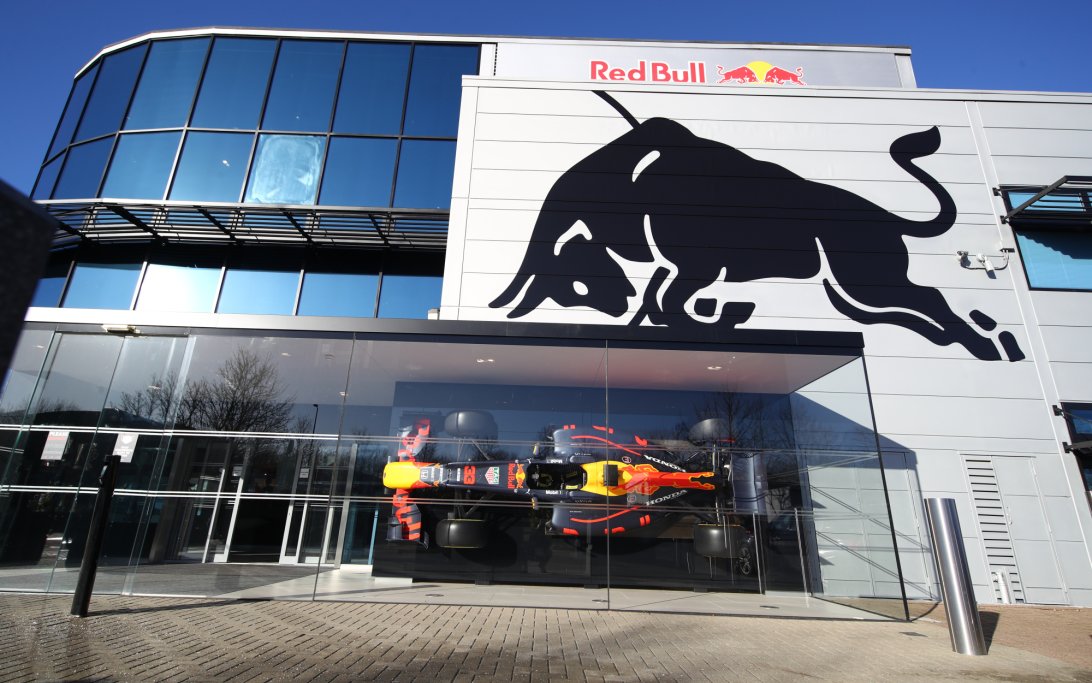
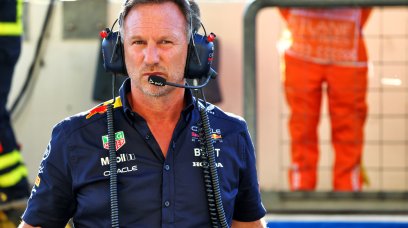


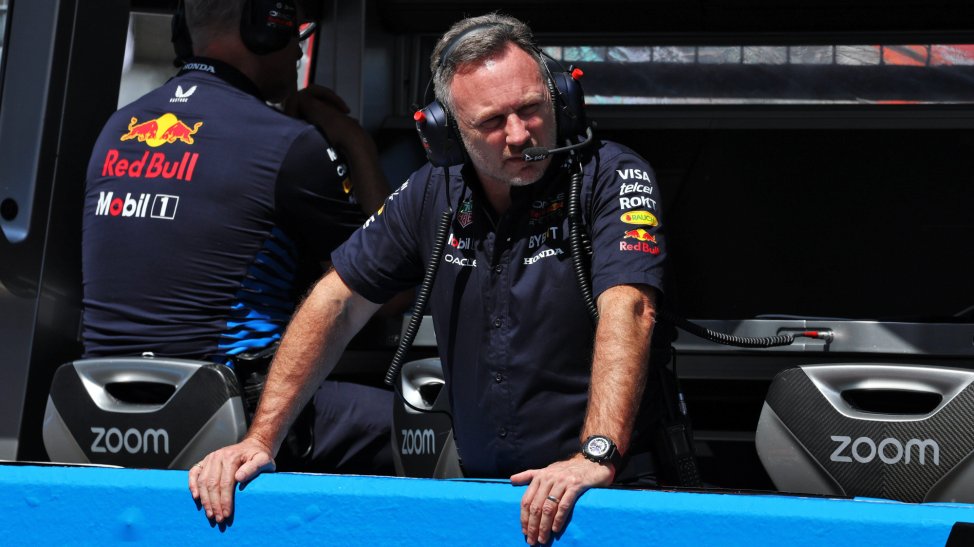


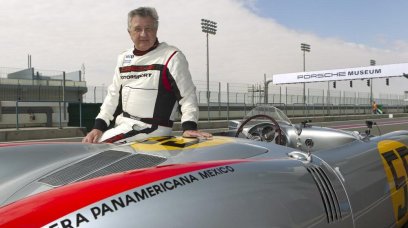
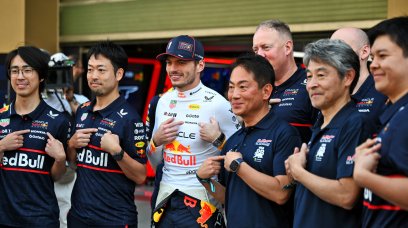



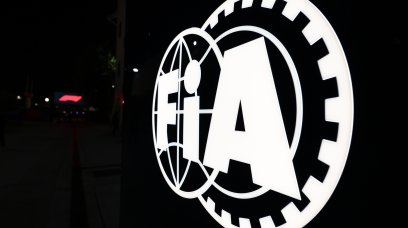
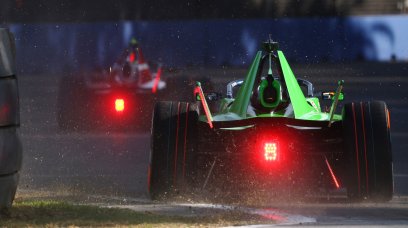
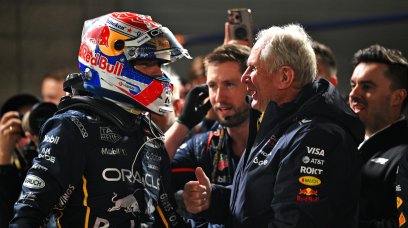

Join the conversation!